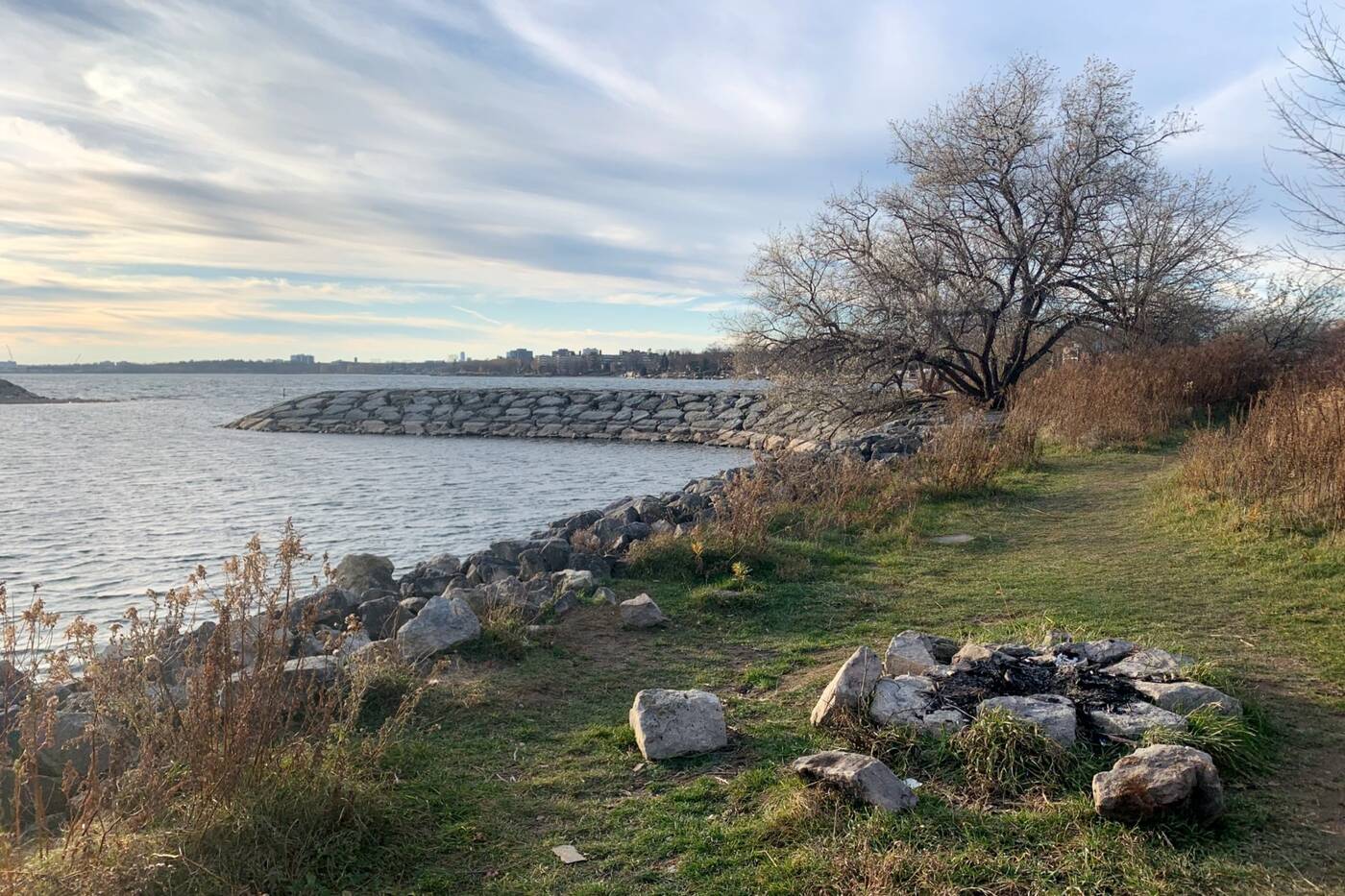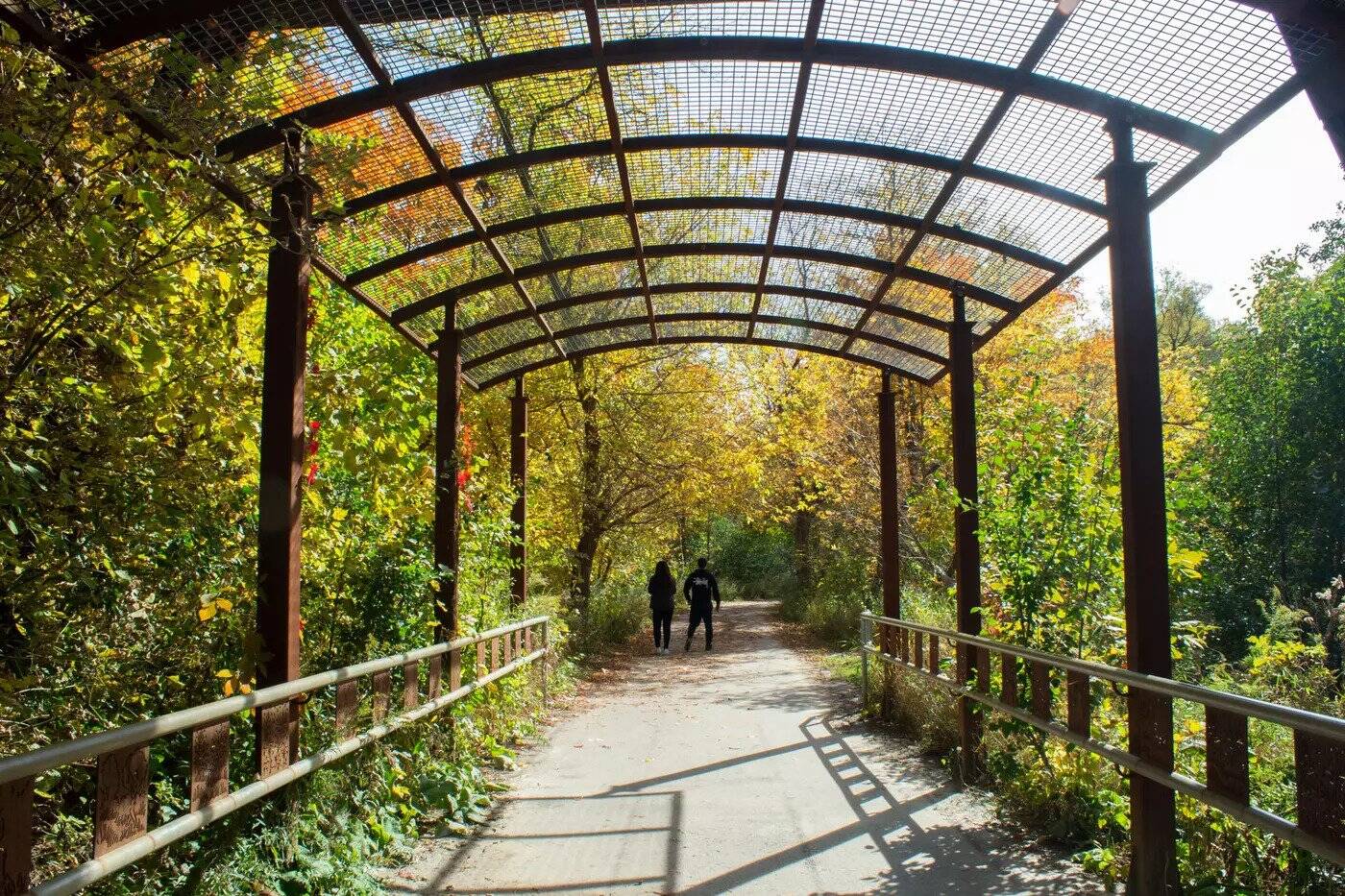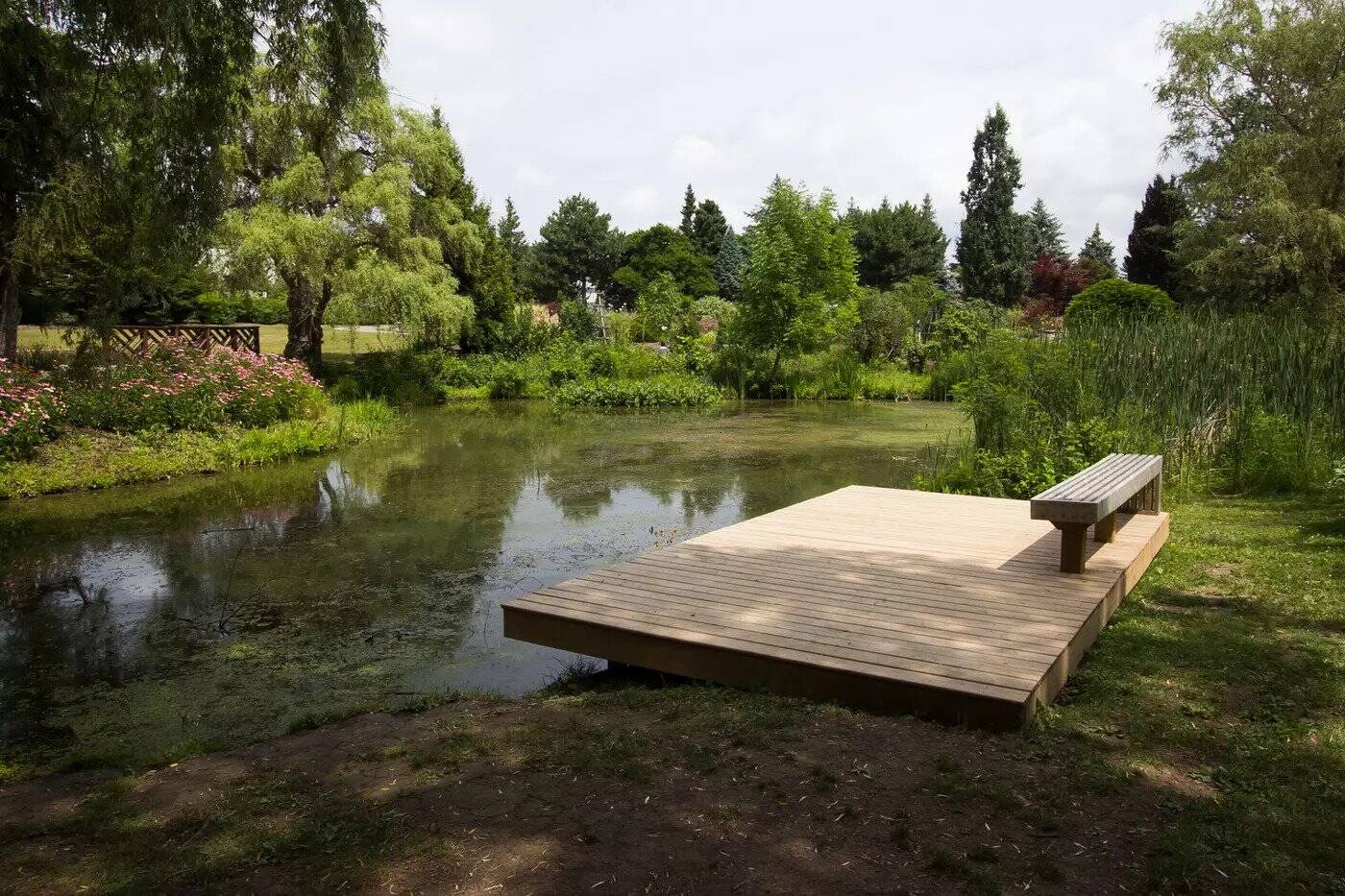
20 places for bird watching in Toronto
Bird watching has become a favoured pastime in Toronto this year as many of us learn to appreciate the nature in our own backyards. It's easy when you live in a city full of naturally diverse areas that make the ideal home to a host of interesting species of birds both year-round and seasonally.
Here are some places in Toronto for bird watching.
East Point Park
You're likely to spot a number of different types of feathered friends at this picturesque park along the city's east waterfront that comes with a bird sanctuary. The steel pavilion at the east end of the park lists the names of all of the 170 species found here.
Colonel Samuel Smith
Besides its stunning trails, historic power plant and outdoor skating trail, this gem of a park is also a birding hot spot in the city. The sanctuary of wetlands and meadows provides a home to over 200 species of birds along with many other animals and plants.
Humber Bay Park
Humber Bay Park features a butterfly habitat but it's also a good spot for bird watching. The birding will only improve as the trees and vegetation in the area continue to mature. You're likely to run into waterfowl and ducks on the shores of the peninsula on any given day.
High Park
Known as a hotspot any time of the year, the spring and fall are especially lively as it's an important migration stop-over. Mallards, starlings, sparrows, swans, hawks, geese and mourning doves are commonly spotted while other more rare and exotic types have also passed through.

Colonel Samuel Smith Park provides a home to over 200 species of birds. Photo by Olivia Little.
Cudia Park
Set high atop the bluffs and overlooking Bluffer's Beach below, this park provides you with a birds-eye view of waterfowl offshore. A walk through the wooded ravine will serve up possible sightings of red-necked grebes, winter wrens, Carolina wrens and woodpeckers.
Tommy Thompson Park
This park is home to the Tommy Thompson Park Bird Research Station and is a designated Important Bird Area with over 300 species recorded to date. Bird cries can be heard along the trails and gulls; finches and night-herons are some of the usual residents.
Rouge National Urban Park
One of the most biodiverse parks in Canada, the shoreline, forests, meadows, farmland and wetlands of the Rouge Valley offer habitat to plenty of bird species. One of the most common is the chickadee. The Cedar Trail is a good place to start your search.
Cedarvale Ravine
Although this central ravine isn't secluded by any means, the cattail marsh areas, forest and bird feeders attract all kinds of birds year-round. You can catch sight of finches, woodpeckers and cardinals through your binoculars.
Charles Sauriol Conservation Area
The varied habitats in this natural area made up of forest, wetland and open meadows means it's brimming with wildlife. Many species of migratory birds call this spot home along with deer, beavers, foxes and spawning salmon.

Charles Sauriol Conservation Area is a great place to spot migratory birds. Photo by Tanya Mok.
Humber Arboretum
The picturesque grounds of the Arb draw bird lovers and butterfly enthusiasts alike. You're likely to see migrants flying by in spring and fall and owls in the winter as you walk through an area that's filled with ponds, bridges, gardens and plenty of bird feeders.
Marie Curtis Park
Swarms of waterfowl hang out near the edges of the Etobicoke Creek while migrants and owls take refuge in the 150-year-old alder trees at this waterfront park. The birdhouses beside the small waterfall along the trail also up your chances of sightings.
Wilket Creek
Wilket Creek connects with the manicured Edward Gardens before extending through a mature coniferous and deciduous forest. The undisturbed woodland is known as a hub for unique plants and wildlife. Uncommon bird species often pass through during seasonal migration.
Toronto Island
Bird watching is just one of the many reasons to head to the Island. The 40 hectares of natural land feels like a completely different world from downtown. According to the eBird registry, there have been 81 species sighted here so far in 2021, including mergansers and goldfinches and a surprising number of raptors.
Warden Woods
Although this thickly forested valley is less frequented, it still sees its fair share of visitors of the feathered variety. Surrounded on all sides by development, birds and animals of all types keep to the high and dense forest canopy in these secluded woods.

The Humber Arboretum is the perfect place for bird lovers and butterfly enthusiasts. Photo by Tanya Mok.
Don River Valley Park
You're likely to run into some life on this 200-hectare greenway that runs from Pottery Road all the way to Corktown Common. Great blue herons and red-winged blackbirds are often spotted in the park.
Humber Marshes
The Humber Marshes is one of the last remaining river mouth marshes in the city. The Old Mill Bridge is a great spot to watch fish migration in the spring and fall, but there's also plenty of migratory song birds in the area.
Bluffer's Park
A plethora of gulls, ducks, geese and swans spend their time at Bluffer's Park, as well as the lesser spotted black-crowned night herons and northern mockingbirds. The rocky headlands surrounding the beach also draw migrants like sandpipers and pied-billed grebes.
Mount Pleasant Cemetery
This massive cemetery feels a bit like an arboretum or park with a large amount of lush greenery. The time to go is in May when you have the best chances of spotting flycatchers, sparrows, thrushes and different types of warblers. Song birds can also be heard, and occasionally seen, in the summer.

Black-crowned night herons and northern mockingbirds can be found at Bluffer's Park. Photo by Tanya Mok.
Highland Creek
Start from Morningside Park and head toward Lake Ontario and you're sure to spot plenty of birds as you pass through the forest and wetland of Highland Creek. You'll even hit East Point Park for more birding opportunities if you go south for long enough.
Lambton Woods
The mature tree canopy of maples and oaks and wetland in this area plays host to a fair share of different birds. Lambton Woods is specifically known for its population of migrating songbirds like robins, blackbirds and song sparrows so keep both your eyes and ears open.
Amanda Guercio at Colonel Samuel Smith
Latest Videos
Latest Videos
Join the conversation Load comments







